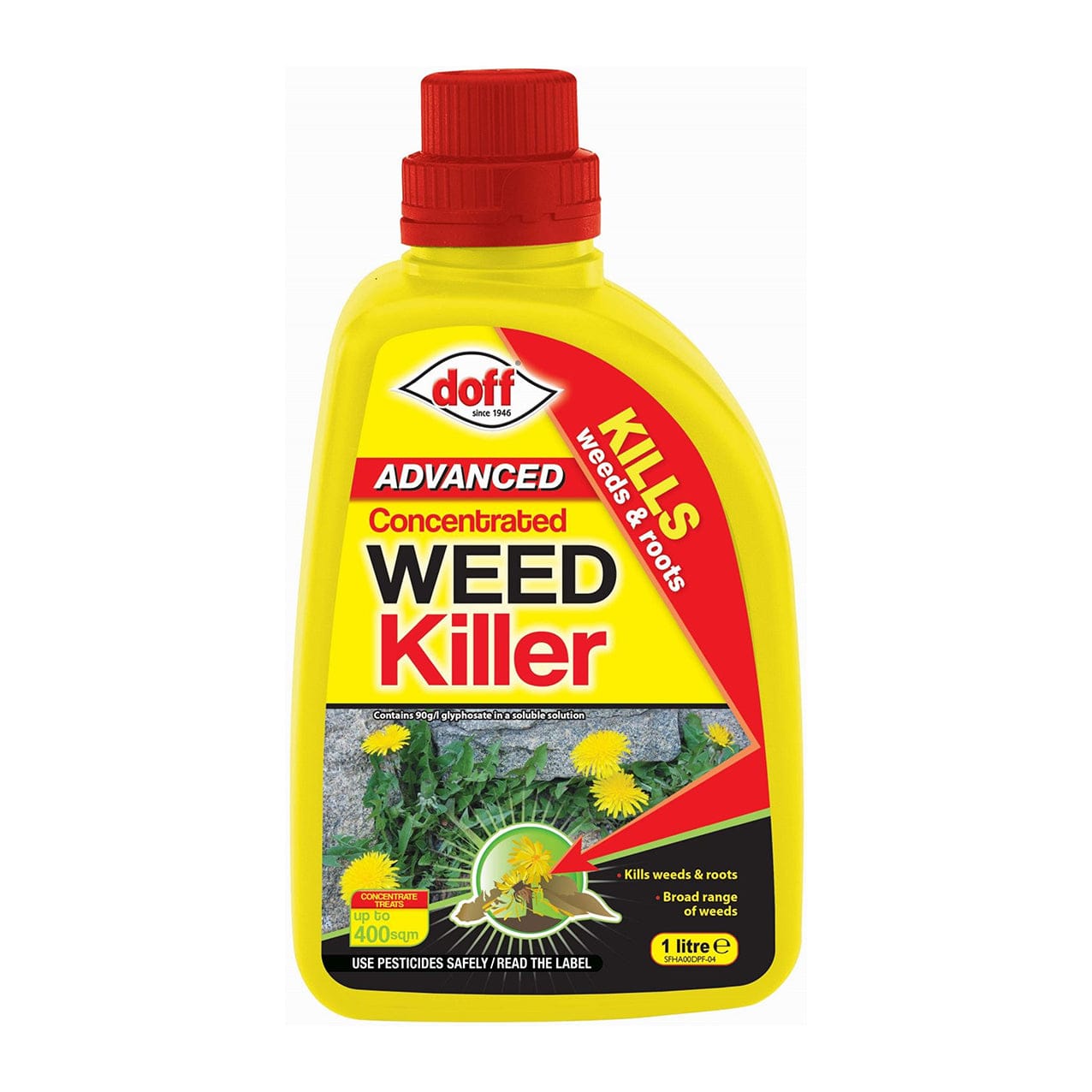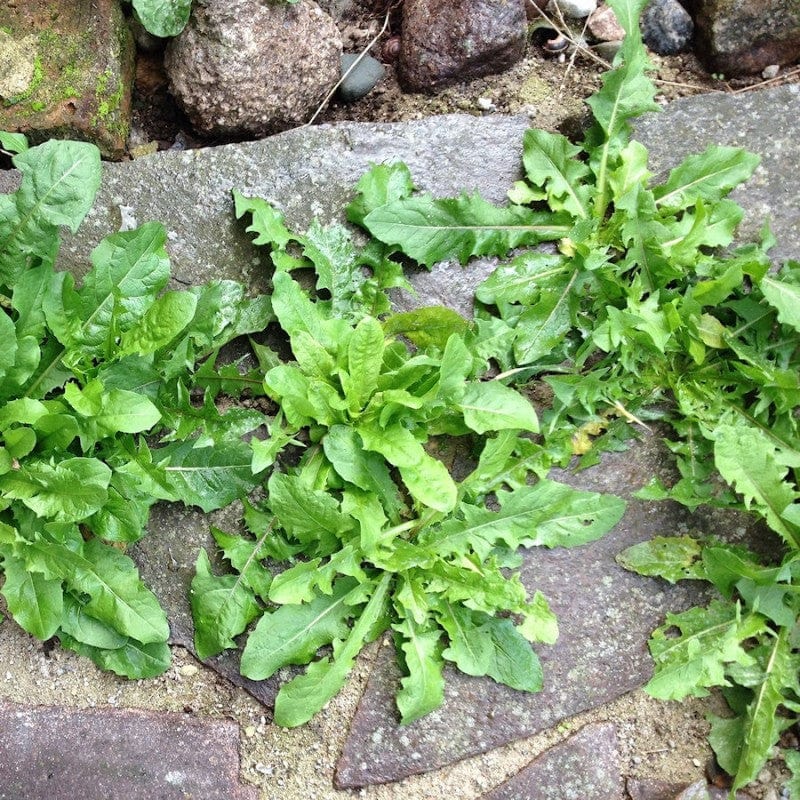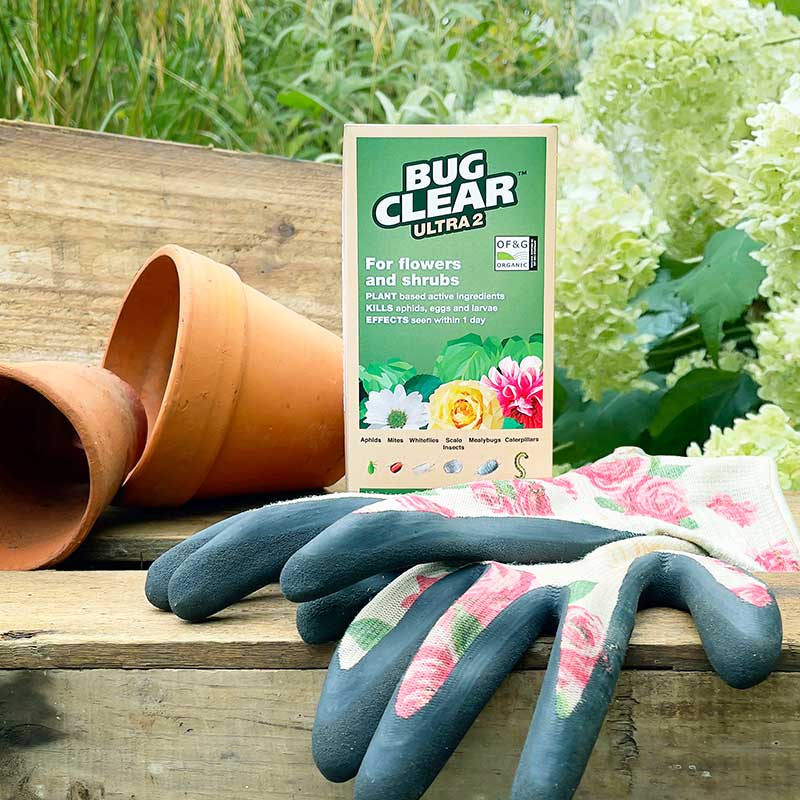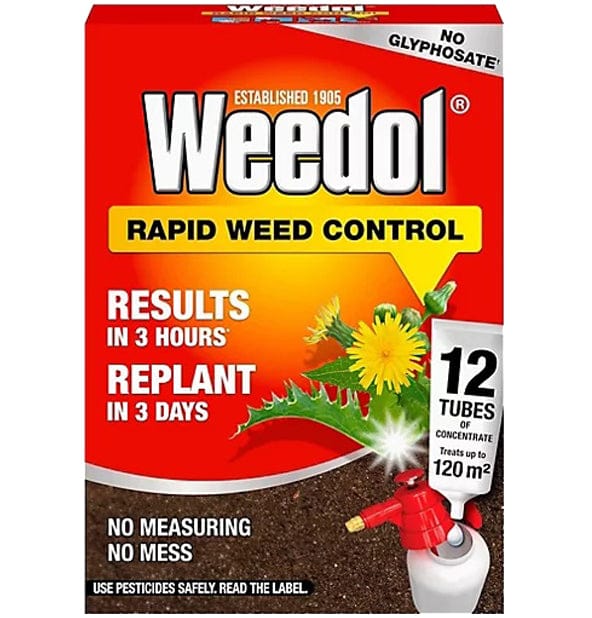The Benefits of Mulching Your Garden
- 〡
- 〡 by Fitfit Garden

Introduction
Mulch in gardening and agriculture is far from an aesthetic element; rather it presents a necessity that lends itself to the fertility of the soil and to the development of plants. Basically, mulch is composed of organic and inorganic materials that cover the topsoil. From wood chips and straws to compost and rubber, as well as other elements, different types of mulch are relevant to use in their locations and in relation to the demands of various plants.
Mulch and Soil Health
Some of the key roles that this mulch plays include conserving soil moisture.
No amount of energy can be overemphasized in terms of the importance of keeping moisture in the soil for healthy plant growth, and one of the allies in that regard is mulch. Mulch helps to screen the soil from direct contact with the atmosphere thus checking on evaporation while leaving much of the needed moisture in the soil for quite some time. Such an equilibrium moisture status inside the soil is critical to seeds during their germination period and to newly germinated seedlings. Mulch in turn keeps the soil surface damp during summer, which decreases the water requirement for heavy irrigation and thus ensures continuous water availability for exploitation by the plants.
How Mulch Conserves Soil Temperature
Mulching is also strong in maintaining temperature. It insulates the ground from the hot temperatures of the day, sometimes a little destructive to the plant roots. During that sweltering summer heat, a layer of mulch keeps that soil cooler, a welcome relief for root systems. Conversely, mulch works much like a warm blanket in winter, keeping the soil warmer than the air above and protecting roots from freezing conditions. It is an avoidance of extreme conditions of temperature that leads to an even more stable environment favorable to good root development and healthy growth of plants.
Mulch: A Barrier to Soil Erosion
The topsoil from the land is stripped off by soil erosion, an invisible enemy. Most times, it carries away the fertile layer and all the nutrients plants require to grow. Hardwood mulch proves challenging to fight because it ensures that the raindrops on the soil surface reduce the force with which the soil is displaced, preventing both runoff and soil displacement. This helps the soil get anchorage as well as distributes the flow of water to enable it to seep into the soil instead of being washed away. This, therefore, acts as a perfect and non-aggressive erosive force protector.
Organic Mulches and Implication for Soil Fertility Building
Organic mulches represent more than just inanimate barriers, like wood chips, straw, leaves, and compost; they are dynamic, living layers that interact and stimulate the soil, therefore making it more vital and full of life. Our Nature's Blanket playground mulch is 100 percent organic wood. As it decomposes over time this mulch will be adding organic matter to the soil, improving its structure and fertility. This process promotes the growth of nutrient-cycling productive microorganisms and earthworms. Our organic mulch decomposition is slow to release nutrients to the plants, thus providing them with a steady, natural source of food. Thus, organic mulch improves soil fertility for the growth of plant life, thereby providing an ecologically positive substructure for these plants.

Mulch and Plant Growth
Effects of Mulch on Root Growth
The roots are the lifeline to plant life, pulling out completely necessary amounts of water and nutrients from the dirt. Mulch maintains stable soil temperatures along with consistent moisture levels, ideal environments for root growth, which is encouraging for deeper and stronger root growth. Deep root systems make it possible for plants to reach water and nutrients deeper down the stratification of the soil when there is drought. This would be especially beneficial during times of drought, particularly as the soil structure is improved by the decomposition of organic mulch that is creating a porous habitat where less resistance to spreading out supports healthy roots.
Mulch Effect on Pest Management
Mulch can play a surprisingly important role in integrated pest management. Some organic mulches repel certain pests, while others, when they provide habitat, their use can literally break up that habitat. Cedar bark mulch deters some insects; laying a thick layer of mulch around the plants, such as that often infested by pests, will prevent pests from easily getting into this area. It should be noted that mulch, in some cases, can provide a habitat for pests when it is poorly applied, thus the need for a balance in mulch application to attain management of such pests.
Ways Mulching Makes Your Plants Healthier, Stronger
Altogether, all these advantages of mulching result in feeding and strengthening healthy plants. Because of the abovementioned improvement in the soil structure, retaining moisture, regulating temperature, and nutritional values through the decomposition process of organic material, mulch comes to develop a stable and nourishing environment for plants. The reduction of competition from weeds and safety against pests eliminates the stress that otherwise would have been imposed on the plant to maximize its energy towards growth and fruit production. As such, the mulched plants will tend to grow at a higher rate, yield and resistance to a wide range of environmental stresses allowing for a garden or crop to bloom. This increased strength in the plants' satisfaction with the gardener or farmer also contributes to the balancing of the ecosystem by allowing a wide range of useful organisms to inhabit the same area.
There are different types of mulch-organic versus inorganic mulch.
The mulch world has organic and inorganic types. Organic mulch is that which comes from natural material such as wood chips, straw, leaves, and compost. It breaks down over time to infuse the soil with nutrients and recondition it structurally. This contrasts with inorganic mulches, including stones, landscape fabrics, and rubber, which do not break down and thus add no nutrients to the soil but maybe would last longer and require less maintenance.
Advantages of Several Products Mulch
- Straw: The straw is light in weight, easy to sprinkle, and is one of the good insulators. It is not that expensive either although it may blow away when wind blows. It also has weed seeds that grow after some time.
- Bark: Bark mulches are not messy. They proved to be a reliable material for long use. They could help suppress weeds very well but may be pretty pricey as well as acidifying the soil, thus damaging sensitive plants.
- Compost: Compost enriches the soil with nutrients while improving its texture and fertility; unfortunately, it is prone to compaction and unless fully composted can also harbor pathogens.
- Rubber: Rubber mulch is very durable and does not degrade in your garden. It lasts for an extended period and thus offers long-term benefits to your backyard garden. However, it gives no benefit to the soil nutritionally and can also be pretty expensive. It has environmental concerns for its use and toxicity potential, as well.
How to Select Right Type of Mulch for Plants
There are various points that should be considered while making the choice for mulch. They include such specific demands of plants, climate, and reasons for applying mulch to the soil. Organic mulches like compost or well-rotted manure would be just great for those plants that require fertile and richly nutritious soil for root growth. In places where longevity is an issue, but the nutrient level in soils is not much of an issue, inorganic mulches could be applied.
While choosing the type of mulch, keep in mind the following:
- Type of soil and what it may require (e.g. moisture retention, enhanced aeration)
- Specific needs of the plants. If the plants thrive in acid-filled will do well by using pine bark mulch
- Local climate and how this could impact evaporation rates as well as soil temperature
- Probability of weeds being a problem and kind of mulch one desires to inhibit weed growth
- Aesthetic purpose that one wishes to attain by applying mulch. For example, on-colored improved mulch
- There should also be consideration for the environment through mulch selection. All the mulches used by the Fit fit garden are made of 100% wood and therefore locally sourced to be sustainable. This reduces carbon footprints.
Through careful selection based on these factors, gardeners select the most desired mulch that allows plants to grow well and aid in promoting well-being and beauty in the garden.
home veggie plots, or cultivates an ornamental masterpiece.
Environmental Benefits of Mulching
The Use of Mulch in the Green Revolution
Mulch is such an important ingredient of the art of intensive gardening. It may perhaps be better thought of as the ultimate recycling and reusing in natural parts. Organic mulching using wastes such as fallen leaves, grass clippings, and branches returns some of the lost nutrient contents back into the soil and thus reduces the use of chemical fertilizers. This helps in conserving the water that is held in the soil, thereby decreasing the overall quantity to be applied. At the same time, it permits the gardens to bloom during drought periods. The practice also limits runoff; one of the causes of the transport of pollutants into our water systems. Given its nature as a closed-loop system wherein nothing is wasted, the practice of this activity symbolizes environmental stewardship.
Benefits of Mulching on Biodiversity and Ecosystem Health
Indirectly improves biodiversity. Healthy soils support a complex web of life, including bacteria, fungi, insects, and worms. All of these components contribute to the health of the ecosystem. Biological diversity helps underpin garden or landscape resilience to pest attacks, diseases, and climate extremes. For example, some organic mulches such as 100% wood mulch provides habitation to desirable organisms which can be considered in controlling pests and thus decreases the use of insecticides that otherwise harm the non-target species.
Role of Mulch in Carbon Sequestration and Fight against Climate Change
Organic mulches have been playing a very minor but crucial role in the global carbon cycle for a very long period of time. Once they rot and decompose, they become part of the soil organic matter, hence locking carbon into the soil and not releasing it into the atmosphere as carbon dioxide; this is one way through which carbon sequestration further combats climate change by reducing concentration. Mulch minimizes carbon-intensive garden practices such as frequent watering, chemical application, or through the use of gas-powered tools that weed and till soil.
Such environmental benefits mulching grants are similar to other, more extensive undertakings aimed at making landscapes both sustainable and resilient. In the simplicity of more than just being a benefit to the plants, mulch is actively part of greater ecological processes and sustaining our environment. Mulching would come out as one of the accessible and effective practices for a person wanting to work on their green space while having a good impact on the planet.
Aesthetic Benefits of Mulching
Mulch in Improving the Look of a Garden
In addition to its numerous environmental and horticultural advantages, black mulch is a major aesthetic benefit to any garden. It is a background against which the colours and textures of plants shine and stand out, making them look neat and kept well. The homogenous appearance that black mulch can present in a garden bed contributes to the neat appearance of what are otherwise chaotic natural landscapes. This type of mulch can conceal ugly soil and make each corner of your garden look cared for and intentional.
Colour and Texture Options in Mulching for Visual Appeal
But besides our rich black colour enhanced mulch, Fit fit garden offers a lot of colour and textures of mulch that could be applied for the customization of landscape appearance. From bright red hues of red mulch to rich dark brown tones of processed hardwood, the colour of mulch can be chosen to complement or contrast the surrounding plants so that green foliage and vibrant flowers pop. Another characteristic mulch contributes to adding depth to garden spaces is in its texture, whether fine or coarse. Fine mulches provide a smooth, even covering, whereas chunkier mulch provides a sense of roughness.
















